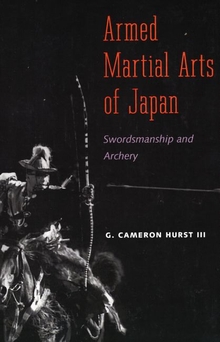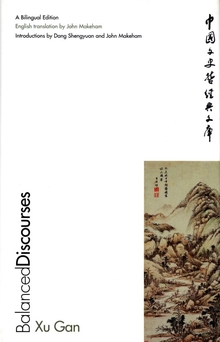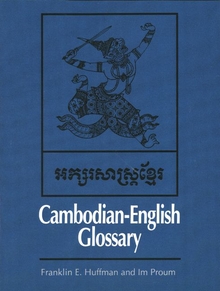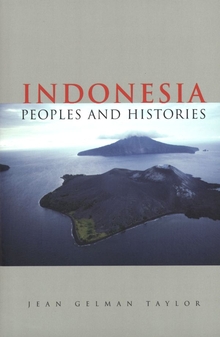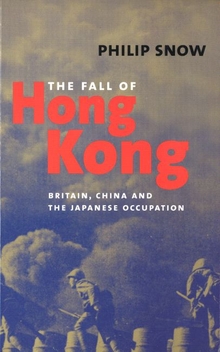Armed Martial Arts of Japan
WARNING
You are viewing an older version of the Yalebooks website. Please visit out new website with more updated information and a better user experience: https://www.yalebooks.com
Swordsmanship and Archery
G. Cameron Hurst
During the Tokugawa era (1600-1867), swordsmanship and archery developed from fighting systems into martial arts, transformed by the powerful social forces of peace, urbanization, literacy, and professionalized instruction in art forms. Hurst investigates the changes that occurred as military skills that were no longer necessary took on new purposes: physical fitness, spiritual composure, character development, and sport. He also considers Western misperceptions of Japanese traditional martial arts and argues that, contrary to common views in the West, Zen Buddhism is associated with the martial arts in only a limited way. The author concludes by exploring the modern organization, teaching, ritual, and philosophy of archery and swordsmanship; relating these martial arts to other art forms and placing them in the broader context of Japanese culture.
"For the first time in a Western language, Japanese swordfighting and archery receive the critical scholarly attention they deserve."—Harold Bolitho, Harvard University
"Hurst knows more than most of us about Japan, with his knowledge on full display in this informative and entertaining book. A rich pastiche of cultural history."—Jeffrey P. Mass, Ichihashi Professor of History, Stanford University
“This volume breaks new ground. . . . [Hurst] applies is understanding of martial arts training without turning his book into a treatise on technique, aesthetics, or spiritual refinement, yet he treats each of these issues for armed martial arts. . . . All students of premodern Japanese history should be grateful for his accomplishment. . . . [A] most informative study of the armed martial arts in Japan.”—William B. Hauser, American Historical Review
“The book provides interesting and insightful reading that is of value not only to practitioners of martial arts, but to anyone who has an interest in Japanese history and culture.”—Glenn Stockwell, Asian Studies Review
“[A] concise historical survey of the two weapons systems and how they evolved in response to social, political, and technological changes, and influenced those in return. [Hurst] does this type of correlation very persuasively. . . . This first volume is well researched and coherent, a most welcome addition to my library.”—Richard W. Howell, Journal of Asian History
“I would unhesitatingly recommend this well-written, original, and fascinating book to any serious student of Japanese martial arts. Hurst has made a major and significant contribution to Japanese cultural studies with this work.”—Stephen Turnbull, Journal of Japanese Studies
"Hurst offers a fascinating new vista of early modern and modern Japanese history. . . . [An] important and intriguing work that should be read by both practitioners of martial arts and students of Japanese history."—Thomas Conlan, Monumenta Nipponica
Publication Date: July 11, 1998
21 b/w illus.

